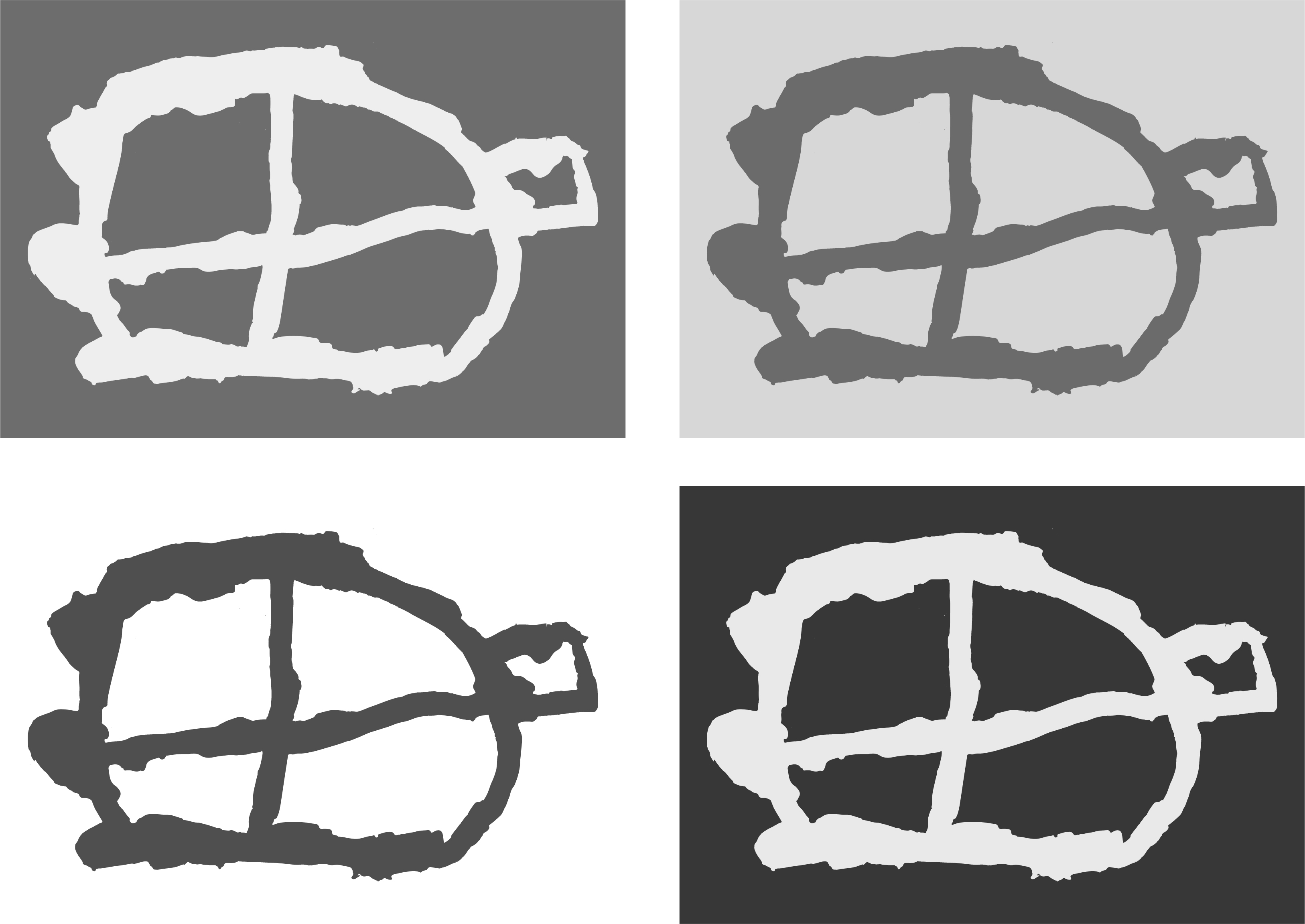When it comes to renting a property, signing a tenancy agreement form is an essential step. These forms help to ensure that the rights and responsibilities of both the landlord and the tenant are clearly defined and legally binding. As a tenant, it is important to understand the terms and conditions of the rental agreement before signing it. In this article, we will explore the different aspects of rental tenancy agreement forms and how they can help tenants protect their interests.
What is a Rental Tenancy Agreement Form?
A rental tenancy agreement form is a legal document that outlines the terms and conditions of a rental agreement between a landlord and a tenant. The agreement specifies the rights and responsibilities of both parties during the tenancy period. The agreement form is usually written and signed before the tenant moves into the rental property.
What Does a Rental Tenancy Agreement Form Include?
A rental tenancy agreement form typically includes the following information:
1. Names of the landlord and the tenant
2. Details of the rental property, such as the address and a description of the property
3. The length of the tenancy period
4. The amount of rent to be paid and when it is due
5. The security deposit amount and conditions for its return
6. Details of utilities and other services provided by the landlord
7. Rules and regulations that the tenant must follow, such as restrictions on pets or smoking
8. Responsibilities of both the landlord and the tenant, such as maintenance of the property and repairs
9. Terms for early termination of the tenancy agreement
10. Signatures of both the landlord and the tenant
Why is a Rental Tenancy Agreement Form Important?
A rental tenancy agreement form is important for a variety of reasons:
1. It clearly outlines the rights and responsibilities of both parties. This helps to avoid confusion and disputes during the tenancy period.
2. It protects the interests of both the landlord and the tenant. If either party does not comply with the terms of the agreement, the other party can take legal action.
3. It provides a legal framework for resolving any disputes that may arise during the tenancy period.
4. It ensures that the tenant is aware of the rules and regulations of the rental property before moving in.
5. It helps to establish a good relationship between the landlord and the tenant, as both parties understand their obligations and responsibilities.
Conclusion
A rental tenancy agreement form is an important legal document that protects the rights and interests of both the landlord and the tenant. It clearly outlines the terms and conditions of the rental agreement and ensures that both parties understand their obligations. Tenants should always read and understand the agreement before signing it, and seek legal advice if needed. By doing so, tenants can protect themselves from any potential disputes or legal issues that may arise during the tenancy period.
